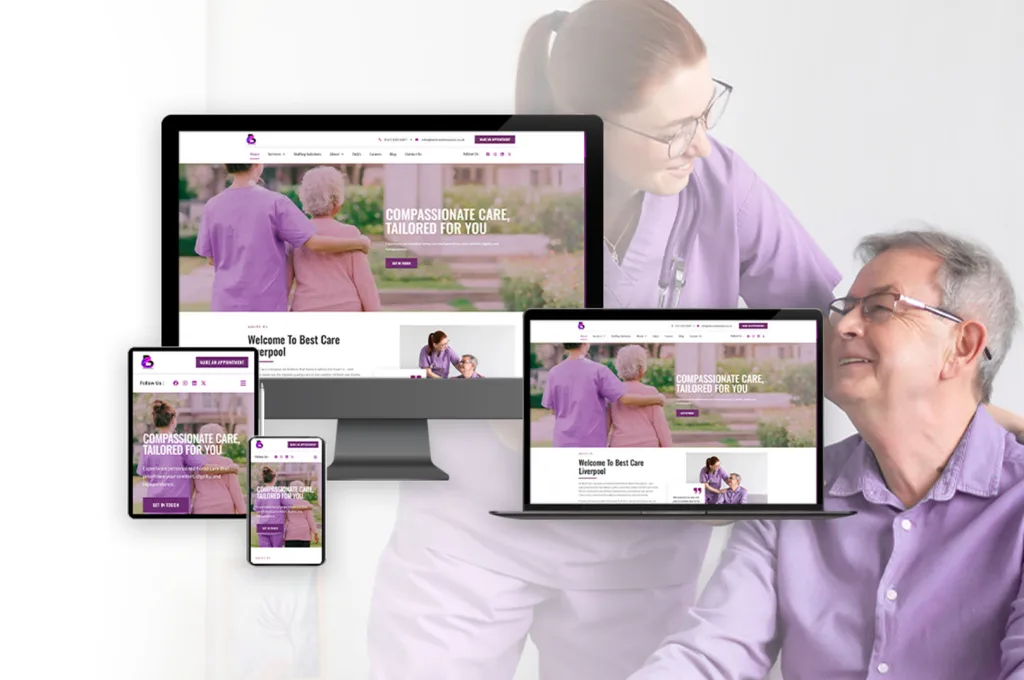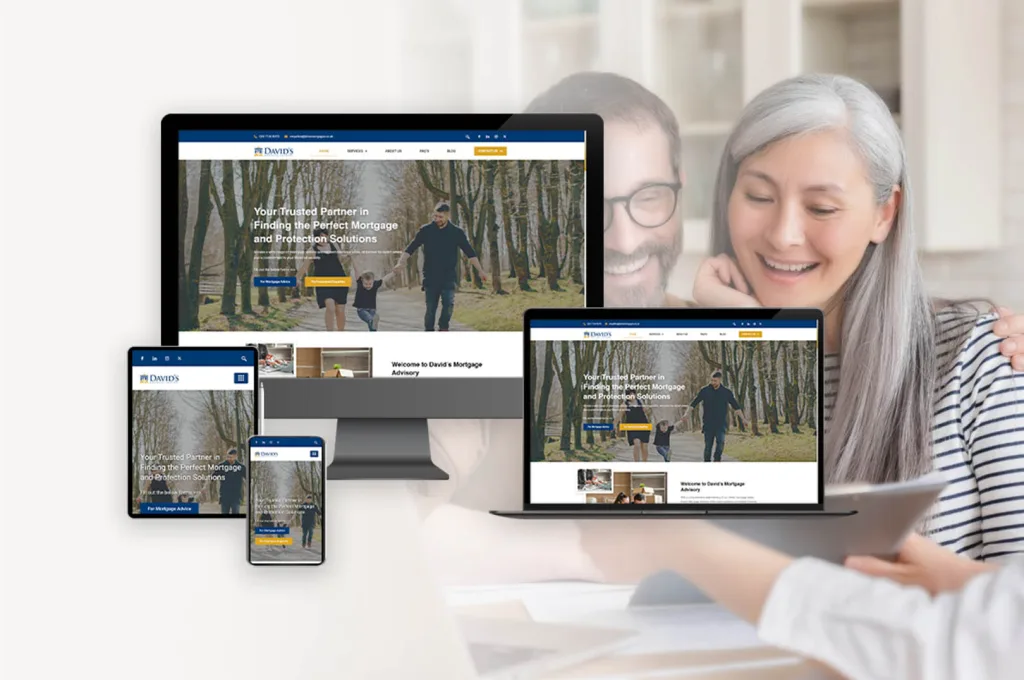How a Mobile Friendly Website Can Boost Your Sales
How a Mobile-Friendly Website Can Boost Your Sales
In today’s digital-first world, your website is more than just a digital business card—it’s your primary sales tool. With over 60% of global web traffic now coming from mobile devices, having a mobile-friendly website is no longer optional; it’s essential. For startups, SMEs, and growing personal brands, partnering with a professional website design agency can be the key to unlocking consistent online sales growth.
In this article, we’ll explore how mobile-friendly web design can transform your business and why choosing the right web design company matters more than ever.

Mobile-First = Customer-First
A mobile-friendly website is designed to look and function flawlessly on smartphones and tablets. This means:
- Fast loading times
- Easy navigation with thumb-friendly menus
- Clear call-to-actions (CTAs)
- Responsive layouts that adapt to all screen sizes
Whether you run a corporate website or an online store, a mobile-optimised interface ensures your visitors get the best experience and that means they’re more likely to buy, call, or enquire.
SEO Loves Mobile
Google prioritises mobile-friendly websites in its search rankings. That means when your site is responsive and fast on mobile, it’s more likely to appear at the top of search results.
A leading web design company in Sri Lanka or elsewhere will implement SEO best practices during the website development phase, ensuring:
- Mobile speed optimisation
- Structured content layout
- Clear indexing for mobile-first crawling
The result? More visibility = more traffic = more leads.
Builds Trust and Credibility
A sleek, mobile-responsive design shows customers that you care about their experience. A poorly designed, non-responsive site, on the other hand, suggests a lack of professionalism.
Working with the best website design companies or experienced web designers in Sri Lanka ensures your site not only works smoothly but also looks trustworthy. First impressions matter—especially when 80% of users will leave a site if it doesn’t display properly on their device.
Increases Conversions
According to Google, mobile users are 5 times more likely to abandon a site that isn’t mobile-friendly. On the flip side, a fast, mobile-responsive site can increase conversion rates by up to 67%.
By hiring a skilled website development company or partnering with a professional website designer, you ensure key features like:
- One-click calling
- Mobile-friendly contact forms
- Clickable CTAs
- Simple checkout flows
All of which lead to more enquiries, bookings, or sales.
Better Social Media Integration
If you’re running social media marketing campaigns, chances are most of your clicks come from mobile devices. Your landing pages must match this behaviour.
A good web design agency ensures your pages load quickly and are optimised for mobile users clicking from Facebook, Instagram, or TikTok. This seamless experience translates directly into lower bounce rates and higher conversions.
Future-Proof Your Business
Technology is constantly evolving. A mobile-first design is part of a larger responsive web design approach that keeps your site relevant and usable for years to come.
Top web development agencies or full-service web design firms will build your site using future-proof technologies and content management systems (CMS) like WordPress or Shopify—making it easier to update, scale, and grow.
Conclusion
It’s Time to Go Mobile-First. Your website should work as hard as you do. A mobile-friendly website isn’t just good for user experience—it’s critical for search visibility, conversions, and brand credibility.
If you’re looking to boost your sales with powerful, mobile-optimised website design, Elegant—Sri Lanka’s foremost web design company—is ready to help. We offer affordable website designers, conversion-driven business website design, and full web design & development solutions tailored to your brand.
Contact us today and discover why we’re trusted by startups and SMEs around the world.
How a Mobile Friendly Website Can Boost Your Sales Read More »












